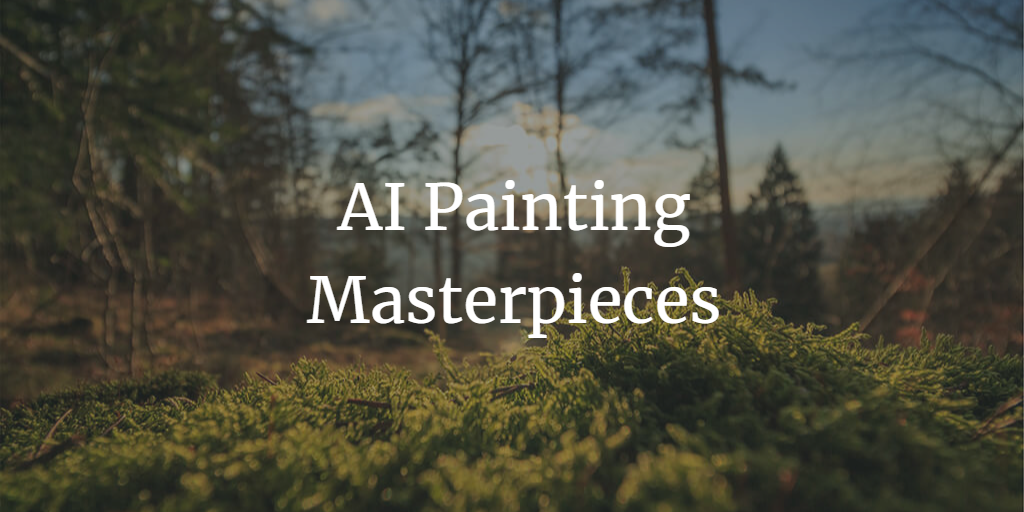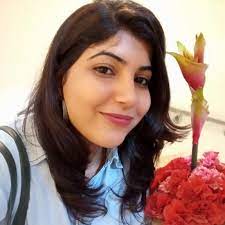Creativity at Scale: 10 Incredible AI Painting Masterpieces

Table of Contents
Introduction
Art and AI: A Brief Overview
Ten Spectacular Examples of AI Painting
Example 1 Portrait of Edmond de Belamy
Example 2 The Next Rembrandt
Example 3 AICAN's Abstract Paintings
Example 4 DeepArt’s 'Starry Night' Recreation
Example 5 IBM Watson’s 'Illuminated Mind
Example 6 Harold Cohen's AARON
Example 7 Google DeepDream's Psychedelic Imagery
Example 8 DALL-E's Imaginative Illustrations
Example 9 GANksy’s Street Art
Example 10 Ai-Da's Self-Portraits
Understanding the Process: How AI Creates Art
The Implications and Future of AI in Art
Conclusion
Introduction
In the ever-evolving world of artificial intelligence (AI), creativity has emerged as an exciting frontier. No longer confined to analytical tasks and predictive models, AI is increasingly delving into the realm of art, breaking conventions, and challenging our understanding of creativity. One notable expression of this trend is AI painting — a domain where machine algorithms produce awe-inspiring artwork. This post presents ten incredible examples of creativity at scale through AI painting, illuminating the profound potential of AI in enhancing and redefining artistic expression.
Art and AI: A Brief Overview
Before diving into the examples, it's important to understand the relationship between art and AI. Art, at its core, is a distinctly human endeavor, encapsulating the artist's perceptions, emotions, and reflections on the world. However, with AI, the definition of the artist extends beyond the human realm. Algorithms now contribute to the creative process, interpreting datasets instead of emotions and experiences.
AI art started gaining momentum in the mid-2010s with the advent of Deep Learning techniques. These techniques, such as Generative Adversarial Networks (GANs), enabled machines to generate novel, often stunning, visuals. Since then, AI's role in art has grown exponentially, leading to the creation of mesmerizing pieces that blur the lines between human and machine-made art.
Ten Spectacular Examples of AI Painting
In the following section, we will explore ten exemplary instances of AI painting, each demonstrating the immense potential of creativity at scale.
Example 1: "Portrait of Edmond de Belamy"
This groundbreaking piece made headlines in 2018 when it was auctioned off by Christie's for an astonishing $432,500. Created by the French art collective Obvious, the "Portrait of Edmond de Belamy" was generated using a GAN. This AI technique produced a portrait resembling the style of old European masters, questioning the exclusivity of human genius in art.
Example 2: "The Next Rembrandt"
This is another AI masterpiece that stunningly emulates the style of a great artist—Rembrandt Harmenszoon van Rijn. A team of data scientists, developers, and art historians came together to create "The Next Rembrandt." The project analyzed thousands of Rembrandt's works and fed the information to a machine learning algorithm, which then generated a brand new artwork in the style of the Dutch master.
Example 3: "AICAN's Abstract Paintings"
AICAN, an AI artist designed by Dr. Ahmed Elgammal, Director of the Art & AI Lab at Rutgers University, has produced numerous abstract paintings. These works are intriguing because the AI does not have a predefined style or specific artist it emulates. Instead, it explores the complex universe of art history and its various styles, creating a blend of images that are unique and compelling.
Example 4: "DeepArt’s 'Starry Night' Recreation"
DeepArt, an online tool that uses AI algorithms to apply the style of one image to another, recreated Van Gogh's 'Starry Night.' The AI used the original 'Starry Night' as a style guide, generating a stunning rendition that pays homage to Van Gogh's masterpiece while showcasing AI's impressive capacity for artistic replication and creativity.
Example 5: "IBM Watson’s 'Illuminated Mind'"
IBM's Watson created 'Illuminated Mind' in collaboration with renowned artist Alex Trochut. Watson analyzed over 3,000 official patents from IBM to generate a unique design. This piece is a striking example of how AI can transform data into visually stunning narratives, thus unveiling a new, creative dimension to data interpretation.
Example 6: "Harold Cohen's AARON"
A pioneer in the field, Harold Cohen, a British artist, started developing an AI program named AARON in the late 1960s. Over several decades, Cohen trained AARON to generate original artistic images, making it one of the earliest and most influential examples of AI painting.
Example 7: "Google DeepDream's Psychedelic Imagery"
Google's DeepDream is an open-source program that uses a Convolutional Neural Network to find and enhance patterns in images, generating visually psychedelic and captivating results. The AI-created imagery, filled with fantastical and surrealistic elements, showcases the power of AI to not just mimic, but also to amplify and invent artistic styles.
Example 8: "DALL-E's Imaginative Illustrations"
OpenAI's DALL-E, an extension of the language model GPT-3, generates unique images from text descriptions, demonstrating how AI can bring abstract concepts to life. Whether it's a "two-story pink house shaped like a shoe" or a "surreal painting of a flamingo with a pineapple-shaped body," DALL-E showcases AI’s ability to imagine and create in unexpected ways.
Example 9: "GANksy’s Street Art"
GANksy is an AI that's been trained in the style of anonymous street artist Banksy. Using a GAN, it produces unique pieces of art that echo Banksy's distinctive style, displaying the scope of AI's artistic replication and interpretation.
Example 10: "Ai-Da's Self-Portraits"
Ai-Da, named after Ada Lovelace, is an AI humanoid robot who can draw. In 2020, Ai-Da presented her first self-portraits, a series of intricate drawings created using a combination of facial recognition technology, AI algorithms, and robotic arms. Ai-Da's self-portraits showcase the melding of technology and creativity in a tangible, physical form, marking a fascinating development in the field of AI painting.
Understanding the Process: How AI Creates Art
Now that we've appreciated the beauty of AI painting, let's delve into the process. At its core, AI art is based on machine learning algorithms, specifically deep learning networks known as GANs or Generative Adversarial Networks. Here's a simplified view of how it works:
Training Phase: AI is fed a large dataset of images, such as paintings from various art periods. The algorithm learns to recognize patterns, styles, and structures in these images.
Generation Phase: Once trained, the AI can generate new images. It creates these images from scratch, based on the patterns it learned during training. The end goal is to produce images that are indistinguishable from those in the training dataset.
It's important to note that while the AI can produce stunning visuals, it does not understand or experience art the way humans do. It recognizes patterns but doesn't appreciate the emotions or stories behind the images. Yet, it's the amalgamation of technology and human interpretation that gives AI art its uniqueness.
The Implications and Future of AI in Art
The emergence of AI in the field of art has triggered exciting developments and stirred critical conversations. Some people fear that AI might replace human artists, while others see it as a tool that can amplify human creativity.
Despite the debates, one thing is clear: AI is democratizing art. With AI tools becoming increasingly accessible, anyone can create a masterpiece, even without formal artistic training. This democratization may lead to a more inclusive art world, encouraging diverse voices and perspectives.
In terms of the future, we can expect to see AI becoming more integrated into the creative process. Artists will likely use AI to experiment with new styles, push artistic boundaries, and create hybrid art forms. Additionally, AI could also be utilized in art conservation, helping restore and preserve our cultural heritage.
Conclusion
As we venture further into the digital age, the intersection of art and AI is a thrilling frontier. Creativity at scale, embodied by AI painting, breaks down traditional barriers, redefines artistic expression, and raises compelling questions about creativity's nature and ownership. The ten examples we explored are merely the tip of the iceberg in this fascinating domain.
In the end, it is not about pitting human artists against AI. Instead, it's about understanding that the essence of art transcends the tool used to create it. Whether a brush or an algorithm, these are mediums of expression. The real magic lies in the intricate dance of creation and interpretation, whether the choreographer is human or machine.
As we look to the future, the canvas of possibilities is expansive and inspiring. From AI-human collaborations and digital art galleries to AI's role in art conservation, the potential for innovation is limitless.
Just as the paintbrush and the camera revolutionized art in their time, AI's role in art is yet another exciting chapter in the timeless human pursuit of creative expression. As we turn the pages, we can only marvel at the breathtaking artistry, human or otherwise, that awaits us.


